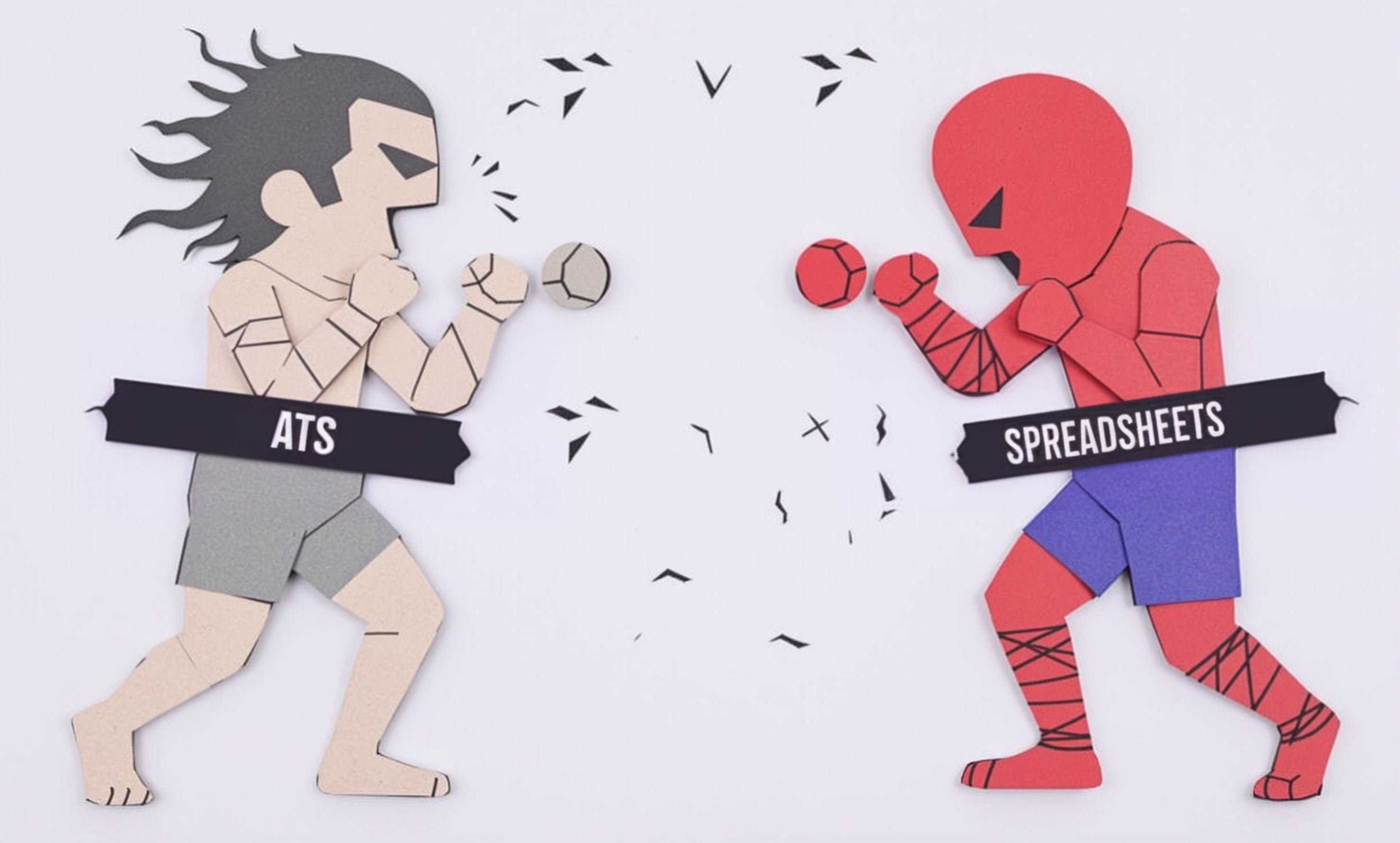
Sans-serif
Sans-serif refers to a popular family of fonts (text styles) that don't have small decorative lines at the ends of letters. These fonts are known for their clean, modern look and are widely used in digital design, websites, and modern branding. The term 'sans' means 'without' in French, so 'sans-serif' literally means 'without decorative lines.' Common examples include Arial, Helvetica, and Calibri. When designers mention sans-serif in their resumes, it shows they understand typography basics and modern design principles.
Examples in Resumes
Created brand guidelines emphasizing Sans-serif fonts for improved digital readability
Redesigned company website using Sans-serif typography to modernize the brand image
Developed marketing materials using Sans-serif typefaces for clean, professional appearance
Typical job title: "Graphic Designers"
Also try searching for:
Where to Find Graphic Designers
Online Communities
Professional Networks
Learning Resources
Example Interview Questions
Senior Level Questions
Q: How do you choose between serif and sans-serif fonts for different projects?
Expected Answer: A senior designer should explain how they consider factors like brand personality, readability across different mediums (print vs. digital), target audience age and preferences, and industry standards when selecting fonts.
Q: How would you create a typography system for a large corporation?
Expected Answer: Should discuss creating a consistent font hierarchy, selecting appropriate sans-serif fonts for different uses (headlines, body text, digital vs print), and ensuring accessibility and readability across all platforms.
Mid Level Questions
Q: What are the advantages of using sans-serif fonts in digital design?
Expected Answer: Should mention better screen readability, modern appearance, versatility across different sizes, and compatibility with various devices and resolutions.
Q: How do you pair sans-serif fonts with other typography styles?
Expected Answer: Should explain basic principles of font pairing, creating contrast while maintaining harmony, and considering hierarchy in design layouts.
Junior Level Questions
Q: What is the difference between serif and sans-serif fonts?
Expected Answer: Should be able to explain that serif fonts have decorative lines at letter endings while sans-serif fonts don't, and give basic examples of each type.
Q: Name some popular sans-serif fonts and their common uses.
Expected Answer: Should mention well-known fonts like Arial, Helvetica, or Calibri, and describe typical usage in digital media, branding, or corporate communications.
Experience Level Indicators
Junior (0-2 years)
- Basic understanding of font types
- Using standard sans-serif fonts in designs
- Simple typography hierarchy
- Basic digital design software knowledge
Mid (2-5 years)
- Advanced font pairing
- Creating typography systems
- Cross-platform typography optimization
- Brand identity development
Senior (5+ years)
- Typography strategy development
- Custom font modification
- Leading typography-focused projects
- Teaching and mentoring typography skills
Red Flags to Watch For
- Unable to explain basic differences between serif and sans-serif fonts
- No knowledge of popular sans-serif fonts
- Lack of understanding about digital readability
- No experience with typography in different media (print vs. digital)
- Poor font pairing choices in portfolio
Related Terms
Need more hiring wisdom? Check these out...

Forget Coding—Can You Communicate? Why Soft Skills are the New Hard Skills

Why Your Hiring Spreadsheets Are Secretly Sabotaging Your Recruitment

Speak Their Language: How Localized Job Descriptions Unlock Regional Talent

